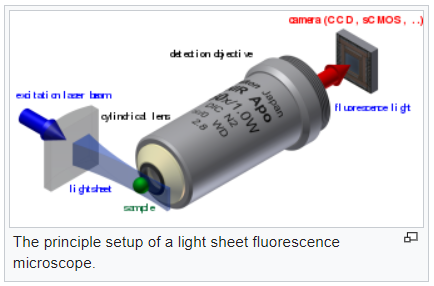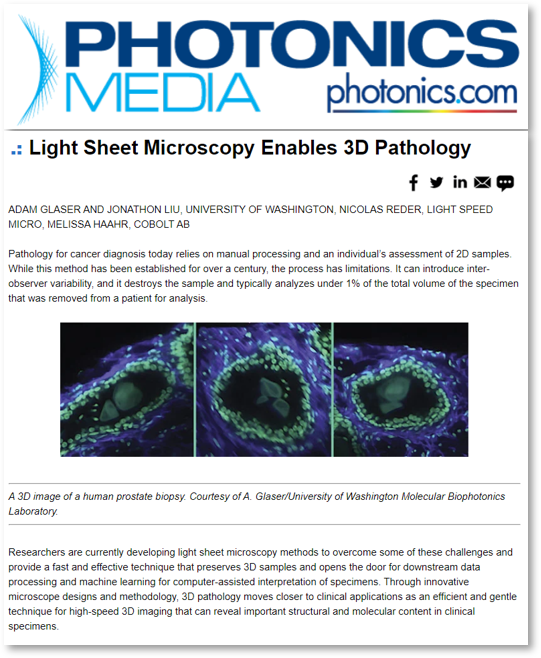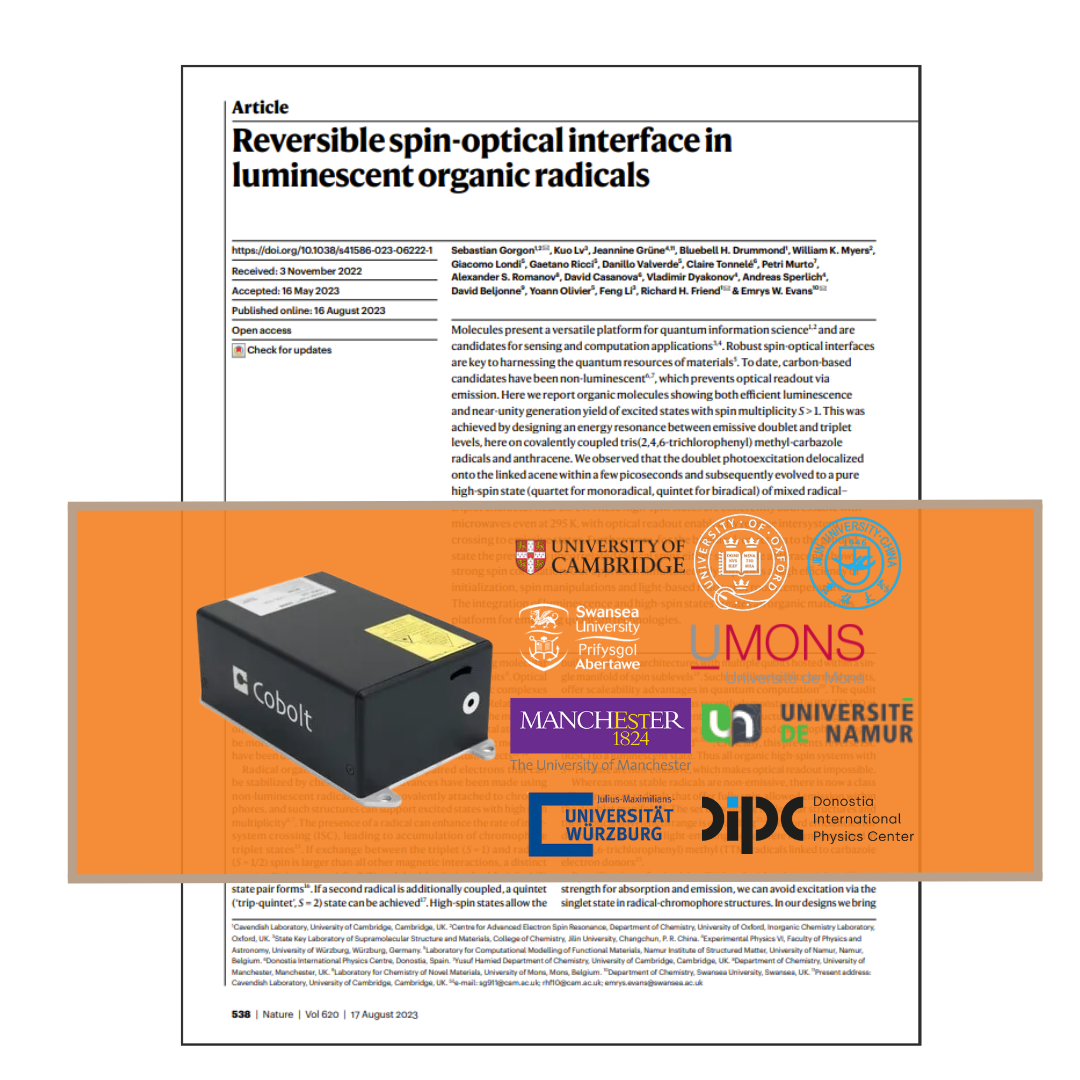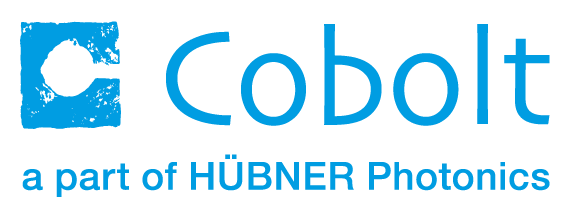7 May, 2021
Over the last decade, the fluorescence-based life science industry has already been transitioning from bulky gas-laser sources into solid-state lasers with a smaller footprint, longer lifetime, and lower maintenance requirements. The development of compact, reliable solid-state lasers was an initial enabling technology for commercialization and expansion to new markets and applications, accompanied by parallel improvements in data storage and advanced camera systems, to name a few. While some applications are able to utilize the advancements in LED and super-continuum white-light sources; the high-resolution, high-speed techniques still rely on the high-brightness and wavelength precision of lasers.
As new techniques are developed for clinical applications, ease-of-use and the ability to commercialize the instrumentation become increasingly important. While maintaining the highest quality and performance, laser manufacturers must deliver reliable, simple, and cost-effective solutions for both commercial systems and laboratory instrumentation or fundamental research.
Why multi-line lasers?
A revolutionary concept made possible thanks to the priority and unique manufacturing method from Cobolt, called HT Cure. A Multi-line laser is a single compact laser head with multiple lasers built inside and collimated into a single permanently aligned output beam, thus giving the appearance of a single laser with multiple wavelengths. The multi-line laser is therefore very attractive as an extremely compact, an easy to use solution for adding more functionality and wavelengths either to a system design or lab set-up. The availability of a compact, easy-to-use, and reliable high-performance multi-line laser will assist with the commercialization of new fluorescence-based-instrumentation and further expand existing technologies into laboratories with a lower barrier of entry, for both the manufacturer and end-user. It is the simplicity and compactness which makes the multi-line laser very attractive for use in light sheet microscopy.
In light sheet microscopy the sample is illuminated by a plane of light instead of a point focus which means that it is exposed to lower doses of light and therefore is less likely to suffer from photothermal damage. For this reason it is considered more of a gentle microscopy method and is thus ideally suited for investigation of living samples.
The availability of multi-line lasers enables smaller and more cost-efficient multicolor light sheet microscopy based systems which are easier to manufacture and maintain. This supports the drive to bring more advanced laser-based microscopy techniques into clinical settings for improved medical diagnostics and the further development of new analytical techniques.
To understand the advantages of a multi-line laser watch our flash talk from Focus on Microscopy 2021:
If you’re curious to learn about the impressive work and the potential of light sheet microscopy in clinical settings for improved cancer diagnosis and treatment you’ll enjoy our editorial as seen in BioPhotonics Magazine May/June 2021 issue.
Light Sheet Microscopy Enables 3D pathology
Through innovative microscope designs and methodology, 3D pathology moves closer to clinical applications as an efficient and gentle technique for high-speed 3D imaging that can reveal important structural and molecular content in clinical specimens. Here using light sheet microscopy along with the multi-line laser Cobolt Skyra.
More resources
Explore our Publications for practical insights on how our customers are leveraging the power of our lasers in their projects.
Customer publications
Product line: Cobolt
Application: Quantum
Wavelength: 532 nm, Tunable VIS
New Discovery in Quantum Technology: Shining Light on Organic Molecules
scientists have developed organic molecules that can glow brightly and be used in advanced quantum technologies
Customer publications
Product line: Cobolt
Application: Quantum
Wavelength: 594 nm, Femtosecond 1um
Nanographene Research Unveils Highly Soluble Quantum Dots
Researchers have unveiled a new family of nanographene materials with the help of the Cobolt Mambo 594 nm laser.
Customer publications
Product line: Cobolt
Application: Fluorescence microscopy
Wavelength: 488 nm
New Breakthrough in Cellular Imaging with the Cobolt 06-MLD Laser
Scientists at the KTH Royal Institute of Technology in Sweden, and Calico Life Sciences, have made significant strides in cellular imaging.








